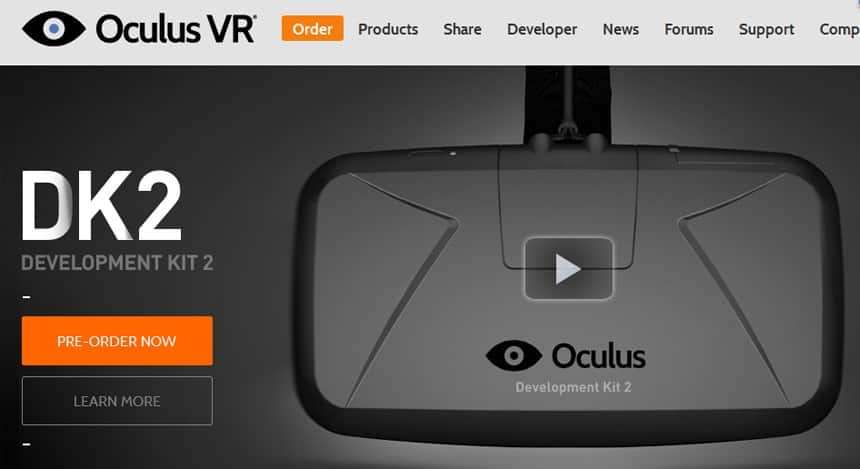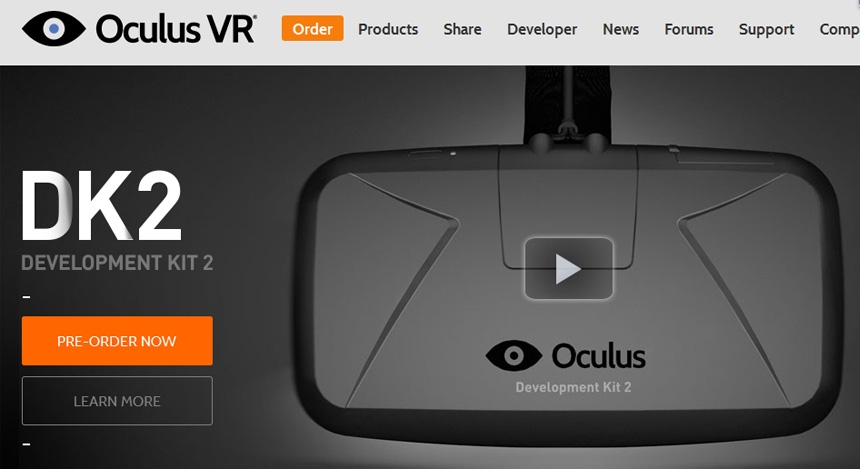[caption id=“attachment_80469” align=“alignleft” width=“860”]
 Facebook announced on Wednesday that it will acquire two-year-old Oculus VR Inc, a maker of virtual-reality glasses forgaming, for $2 billion, buying its way into the fast-growing wearable devices arena with its first-ever hardware deal. Over the years, Facebook has acquired some of the big companies. Here’s a look at its top 10 acquisitions.[/caption]
Facebook announced on Wednesday that it will acquire two-year-old Oculus VR Inc, a maker of virtual-reality glasses forgaming, for $2 billion, buying its way into the fast-growing wearable devices arena with its first-ever hardware deal. Over the years, Facebook has acquired some of the big companies. Here’s a look at its top 10 acquisitions.[/caption]
[caption id=“attachment_80458” align=“alignleft” width=“860”]
 Facebook’s purchase of messaging service WhatsApp for up to $19 billion in cash and stock is one of the largest acquisitions ever in the technology sector. On 20 February this year, Facebook announced the deal. Image: Reuters[/caption]
Facebook’s purchase of messaging service WhatsApp for up to $19 billion in cash and stock is one of the largest acquisitions ever in the technology sector. On 20 February this year, Facebook announced the deal. Image: Reuters[/caption]
[caption id=“attachment_80459” align=“alignleft” width=“860”]
 OnJanuary 13, 2014, Facebook acquired link-sharing service, Branch. The deal was reportedly about $15 million. Branch makes it easier for people with similiar interest to talk about news and current articles, and share the conversation on Facebook, Twitter, WordPress or anywhere on the web. Image: Screenshot from the site.[/caption]
OnJanuary 13, 2014, Facebook acquired link-sharing service, Branch. The deal was reportedly about $15 million. Branch makes it easier for people with similiar interest to talk about news and current articles, and share the conversation on Facebook, Twitter, WordPress or anywhere on the web. Image: Screenshot from the site.[/caption]
[caption id=“attachment_80460” align=“alignleft” width=“860”]
 The only Indian acquisition that Facebook made was theBanglore based Little Eye Labs, a company building performance analysis and monitoring tools formobile appdevelopers.The acquisition was an obvious indicator of Facebook’smobileambitions, which have been on the strategy tables since 2013. The exact deal amount is not known, but reports say it could be between $10-15 million.[/caption]
The only Indian acquisition that Facebook made was theBanglore based Little Eye Labs, a company building performance analysis and monitoring tools formobile appdevelopers.The acquisition was an obvious indicator of Facebook’smobileambitions, which have been on the strategy tables since 2013. The exact deal amount is not known, but reports say it could be between $10-15 million.[/caption]
[caption id=“attachment_80461” align=“alignleft” width=“860”]
 Facebook acquired Microsoft’s Atlas advertiser’s suite, an online business and management service on Feb 28, 2013. Facebook did not disclose the price of the deal but reports say it was around $100 million. The social network looked to Atlas to help marketers and agencies compare their Facebook campaigns to the rest of their ads across the web on desktop and mobile.[/caption]
Facebook acquired Microsoft’s Atlas advertiser’s suite, an online business and management service on Feb 28, 2013. Facebook did not disclose the price of the deal but reports say it was around $100 million. The social network looked to Atlas to help marketers and agencies compare their Facebook campaigns to the rest of their ads across the web on desktop and mobile.[/caption]
[caption id=“attachment_80462” align=“alignleft” width=“860”]
 In June 18, 2012, Facebookacquired Face.com, a facial recognition software that third-party developers can incorporate freely into their own apps. Facial recognition software of Face.com was purchased for $100 million and incorporated into Facebook especially for photo tagging.[/caption]
In June 18, 2012, Facebookacquired Face.com, a facial recognition software that third-party developers can incorporate freely into their own apps. Facial recognition software of Face.com was purchased for $100 million and incorporated into Facebook especially for photo tagging.[/caption]
[caption id=“attachment_80463” align=“alignleft” width=“860”]
 Facebook acquired gift-giving startup Karma in May 21, 2012. ‘Facebook Gifts’ was the social network’s way to let you give real gifts - wine, toys, cookies, even Uber car rides.[/caption]
Facebook acquired gift-giving startup Karma in May 21, 2012. ‘Facebook Gifts’ was the social network’s way to let you give real gifts - wine, toys, cookies, even Uber car rides.[/caption]
[caption id=“attachment_80464” align=“alignleft” width=“860”]
 Facebook acquired Lightbox, a company that developed a mobile photo sharing Android app designed to replace the camera app by hosting photos in the cloud on May 15, 2012. Facebook bought the company for an undisclosed sum. It was reported that all seven employees would help Facebook develop their service on mobile devices. Image: Reuters[/caption]
Facebook acquired Lightbox, a company that developed a mobile photo sharing Android app designed to replace the camera app by hosting photos in the cloud on May 15, 2012. Facebook bought the company for an undisclosed sum. It was reported that all seven employees would help Facebook develop their service on mobile devices. Image: Reuters[/caption]
[caption id=“attachment_80466” align=“alignleft” width=“860”]
 OnApril 9, 2012, Facebook acquired Instagram, their second most expensive purchase to date for $1 billion. The photo-sharing service lets users take a picture, apply a digital filter, and share it with followers. The focus was on integrating certain features into Facebook and also building Instagram independently to provide the best photo experience possible. Image: Reuters[/caption]
OnApril 9, 2012, Facebook acquired Instagram, their second most expensive purchase to date for $1 billion. The photo-sharing service lets users take a picture, apply a digital filter, and share it with followers. The focus was on integrating certain features into Facebook and also building Instagram independently to provide the best photo experience possible. Image: Reuters[/caption]
[caption id=“attachment_80467” align=“alignleft” width=“860”]
 Facebook announced partnership with Skype on July 6, 2011. The social media giant partnered with Skype to improve video chatting within the social network. Image: Reuters[/caption]
Facebook announced partnership with Skype on July 6, 2011. The social media giant partnered with Skype to improve video chatting within the social network. Image: Reuters[/caption]
[caption id=“attachment_80468” align=“alignleft” width=“860”]
 Facebook acquiredFriendFeed in August 2009 for around $50 million. FriendFeedallowed users to share content across multiple social networks at once. There was some crossover on Facebook prior to the company formally purchasing FriendFeed. For example, the “like” option existed on FriendFeed before Facebook introduced a similar feature, according to a 2009TechCruncharticle.[/caption]
Facebook acquiredFriendFeed in August 2009 for around $50 million. FriendFeedallowed users to share content across multiple social networks at once. There was some crossover on Facebook prior to the company formally purchasing FriendFeed. For example, the “like” option existed on FriendFeed before Facebook introduced a similar feature, according to a 2009TechCruncharticle.[/caption]
)